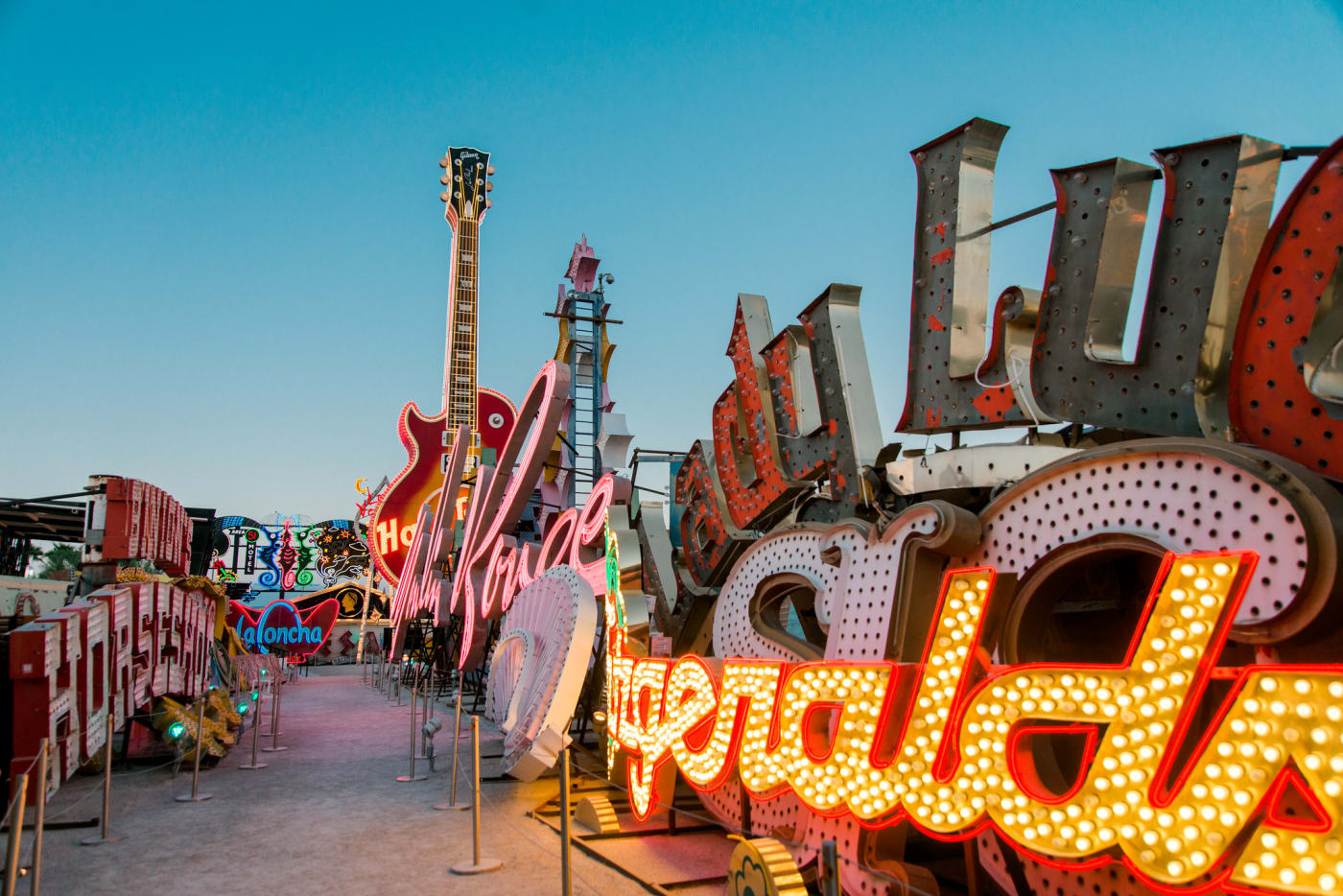
Going with the Flow
“O” is a show that places heavy thematic focus on water. Fittingly, the “O” stage consists of a 17-feet deep, 1.5 million gallon pool, outfitted with four underwater hydraulic scissor lifts that can quickly and smoothly drop from inches above water to the bottom of the pool in seconds.
The total crew includes over 70 performers and about 120 behind-the-scenes technicians, all of whom are scuba certified. Fourteen of the divers stay in the water during the entire show, doing normal backstage duties like moving props and ensuring the safety of performers, even supplying them with oxygen.
Throughout the show, a group of 17 artistic swimmers perform choreographies co-created by Debra Brown and the Olympic gold medalist Sylvie Fréchette. These swimmers are outfitted in Blue Nage costumes, consisting of three parts: a unitard with fingerless gloves, a chin-strapped headpiece, and goggles. These costumes are nautical in nature, featuring cool colors and adornments that glimmer similar to fish scales.
Due to constant exposure to water, and harsh chemicals like bromide and chlorine used to treat the water, the average lifespan of some costumes in “O” is just two months.
Across Cirque du Soleil shows in Las Vegas, performers often have two sets of costumes for each of their shows per night. In “O,” however, performers might have as many as six sets of costumes – three for each performance. This allows them to quickly change into a dry costume as needed.
Costumes that are retired due to wear or discoloration are referred to as “dead” costumes, and are removed from circulation.
The costumes for “O” were designed by longtime Cirque du Soleil costume designer Dominique Lemieux, who fabricated them from materials that fit the performers like a second skin, and would dry rapidly. There are extensive dryers backstage to accommodate for the sheer amount of wet costumes.
Jack Ricks, Costume Specialist, on research and design considerations in the costume design process:
“We look at the types of materials that are used for the costumes to make sure that they’re not only durable but they also stretch and ensure the artists’ safety. All of those elements are always [considered] when building and designing a costume with the company. Are there times that they don’t work? Absolutely. We’ll go through long production periods and lots of research and development on a costume with the intention of everything working properly. Once it gets into the hands of the head of wardrobe and you have a chance to work on it every night or work with the artist every night, you find that things don’t always work. It becomes the responsibility of the head of wardrobe and their staff, working along with the artistic director, to come up with the best performance for the costume and the artist, so we don’t get in their way and can support them to do their best on stage.”
Jack Ricks, Costume Specialist, on the longevity of resident Cirque du Soleil shows in Las Vegas:
“I think it’s probably unique in the world. I don’t think you’re going to find this situation anywhere else. Most other cities – even if you’re talking about New York or Paris or any of the other major cities – you have shows that run, but they don’t necessarily run for 30 years.”






